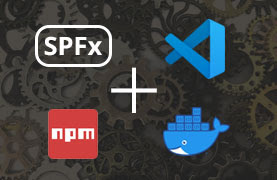SharePoint Online: Elevated Permissions....with love

Remember the good old days! when using RunWithElevatedPrivileges(SPSecurity.CodeToRunElevated), in the SharePoint server-side object model, would let us run our code (Full trust code) with full control i.e. granting us higher permission (as System Account) and letting us performs tasks that waren't permited to do in current user context. Now, that, we have SharePoint addin and SharePoint online webparts, one still wonders if there is still a way of achieving that. Since there are use cases where a user needs a higher permission, for instance. Changing a status of a field in a list where the current logged in user has read only permission. Reading member of a SharePoint group. In Workflows like SharePoint Designer workflow you used to have App step, in Nintex workflow you have elevated permission and in MS Flow Impersonation is possible using connectors in Flow triggered by HTTP request can run under System account as show in the video below: Other wa...


